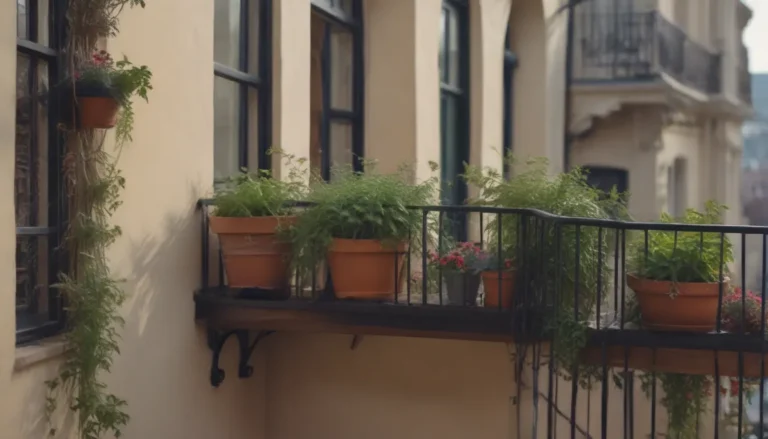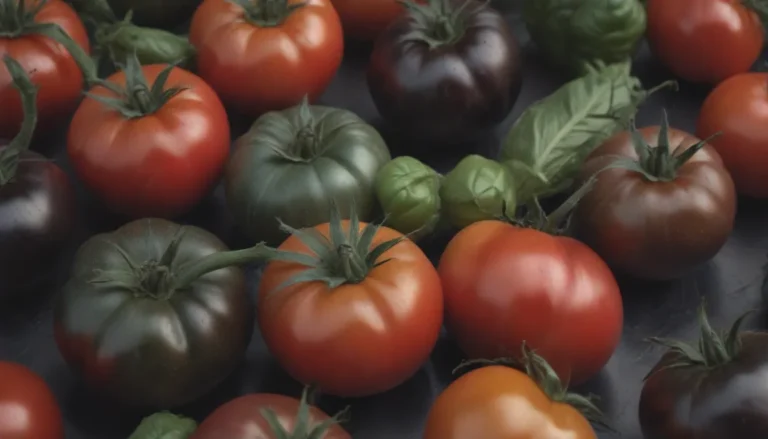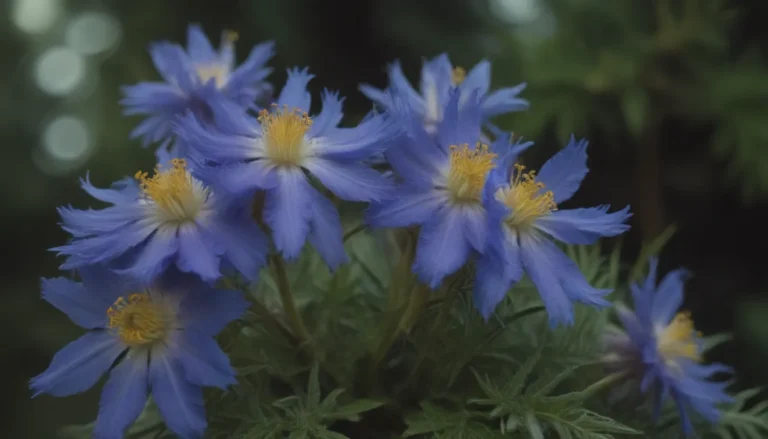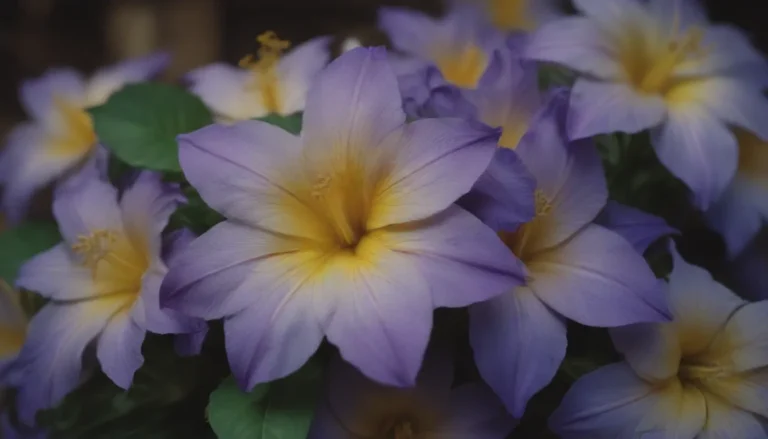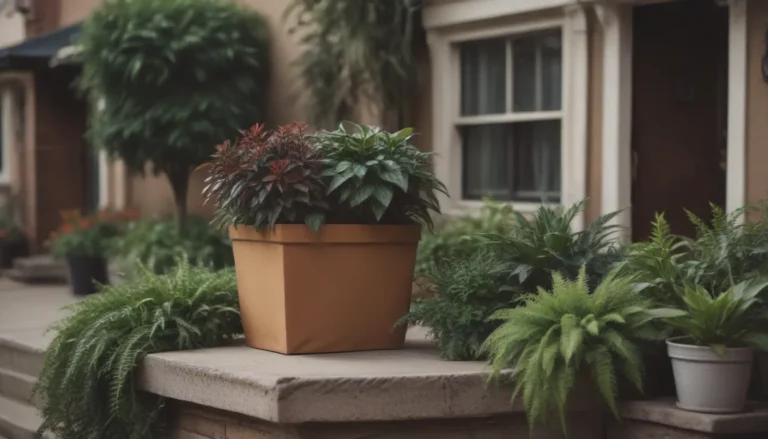A Comprehensive Guide on How to Grow Garlic
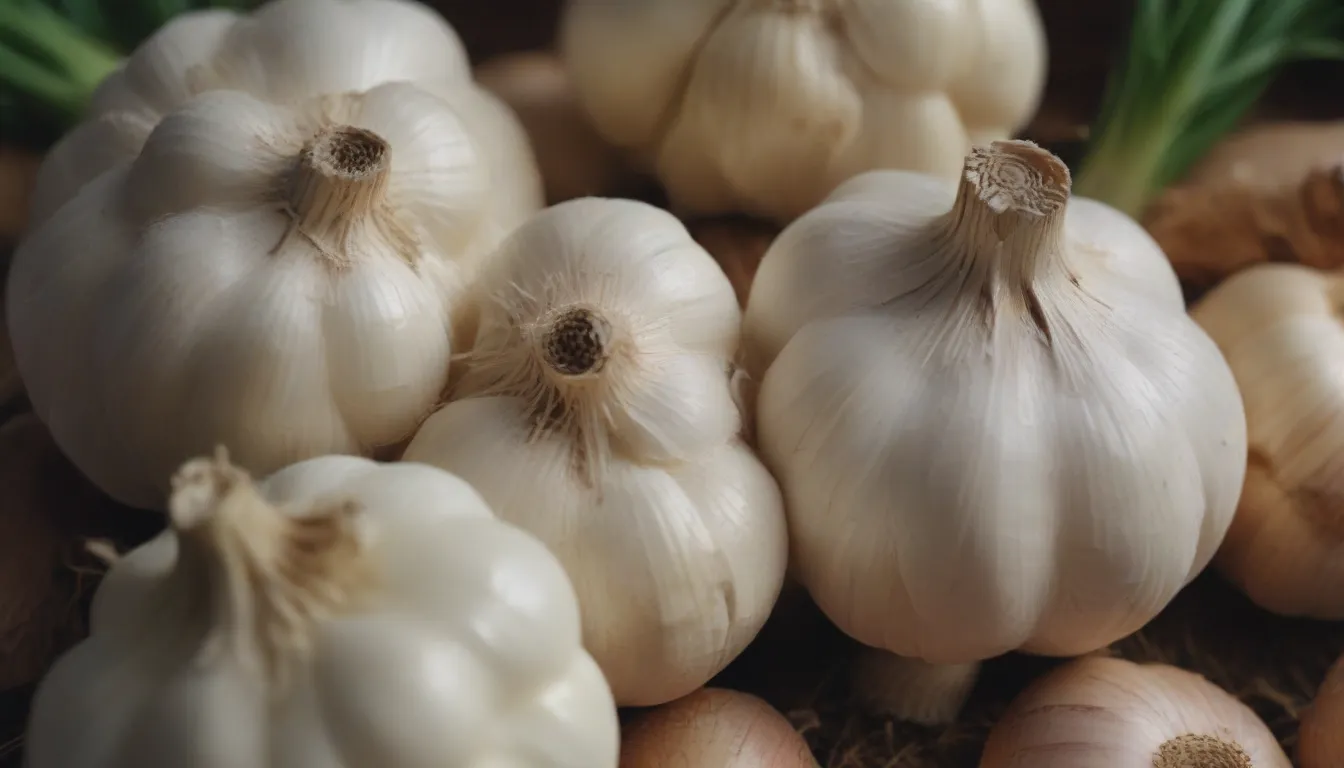
Garlic, a close relative of the onion, is a versatile and flavorful plant that has been cultivated for thousands of years. Whether you’re an experienced gardener or just starting out, growing garlic in your garden can be a rewarding and relatively simple process. In this guide, we’ll walk you through everything you need to know about planting, caring for, and harvesting garlic so you can enjoy a bountiful harvest of this delicious herb.
The Basics of Garlic
Before we dive into the nitty-gritty details of planting and caring for garlic, let’s cover some basic information about this popular herb.
- Plant Origin: Garlic is native to Asia and is grown as an edible, bulbous plant.
- Plant Parts: Above ground, garlic appears as flattened, grass-like leaves, while below ground, it forms a firm bulb containing multiple cloves.
- Planting Season: Garlic should be planted in the fall, about a month before the first frost, for a spring or summer harvest.
How to Plant Garlic
Planting garlic is a straightforward process, but it’s essential to follow the right steps to ensure a successful harvest.
When to Plant
- In northern climates, plant garlic in the fall before the first frost.
- In warmer climates, plant garlic in early spring after chilling the seed garlic to break dormancy.
Selecting a Planting Site
- Choose a site with full sun, moist, well-drained, loose, and sandy soil.
- Avoid planting garlic in areas where other alliums have grown in the previous season to prevent nutrient competition.
Space, Depth, and Support
- Separate garlic bulbs into individual cloves, leaving the papery layer intact.
- Plant cloves 2 inches deep, with the pointy tip facing up and the basal end facing down.
- Space holes 4 to 6 inches apart and rows 2 inches apart for optimal growth.
Garlic Care Tips
Garlic is a relatively low-maintenance plant, but it thrives under specific conditions to produce healthy bulbs.
Light and Soil
- Plant garlic in full sunlight for at least 6 to 8 hours a day.
- Start with nutrient-rich, well-draining soil with a pH of 6.0 to 7.0.
Water and Fertilizer
- Keep soil evenly moist, providing around an inch of water per week.
- Fertilize garlic with a slow-release organic blend in the fall and a nitrogen-rich fertilizer in the spring.
Temperature and Humidity
- Garlic grows best in colder winter months but should be planted before the first hard frost.
- Garlic has no specific humidity requirements and is often harvested before peak summer heat.
Types of Garlic Varieties
Garlic comes in various sub-varieties, falling into two primary categories: hardneck and softneck.
Hardneck Varieties
- Rocambole
- Purple striped garlic
- Porcelain garlic
Softneck Varieties
- Artichoke
- Silverskin
Harvesting and Storing Garlic
Knowing when and how to harvest garlic is crucial to ensure a successful yield of flavorful bulbs.
- Harvest garlic when bottom leaves turn brown and bulbs are well-wrapped but not split.
- Cure harvested garlic for 3 to 4 weeks in a dry, shady location before storing in a cool environment.
Growing Garlic in Containers
For gardeners with limited space, growing garlic in containers can be a great alternative to traditional garden beds.
- Plant garlic cloves in containers filled with high-quality potting mix.
- Provide 6 hours of direct sunlight, keep soil moist but not soggy, and harvest scapes and bulbs as they grow.
Common Pests and Diseases
While garlic is a hardy crop, it can still be susceptible to pests and diseases that may affect its growth.
- Nematodes: microscopic worm-like creatures that can damage garlic plants from within.
- Onion thrips: pests with rasping-sucking mouthparts that can cause severe damage to garlic leaves.
- White rot fungus: a serious disease that can infect garlic plants and cause them to wilt and die back.
In conclusion, growing garlic can be a rewarding experience for gardeners of all skill levels. By following the tips and guidelines outlined in this guide, you can successfully plant, care for, and harvest garlic in your garden. Whether you’re a seasoned gardener or a novice, adding garlic to your garden can bring a flavorful and nutritious addition to your harvest.
Remember, with a little bit of patience and care, you can enjoy a bountiful harvest of this versatile herb that can enhance a wide range of dishes. So, roll up your sleeves, put on your gardening gloves, and get ready to grow your own delicious garlic at home!

